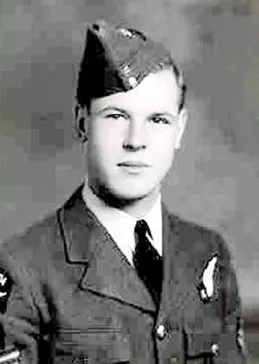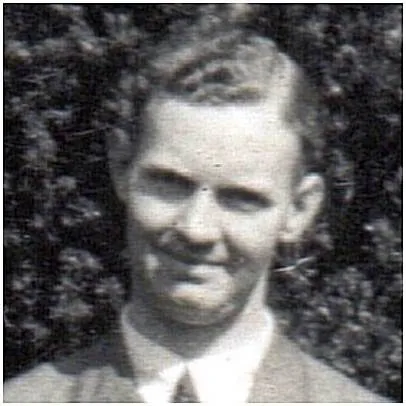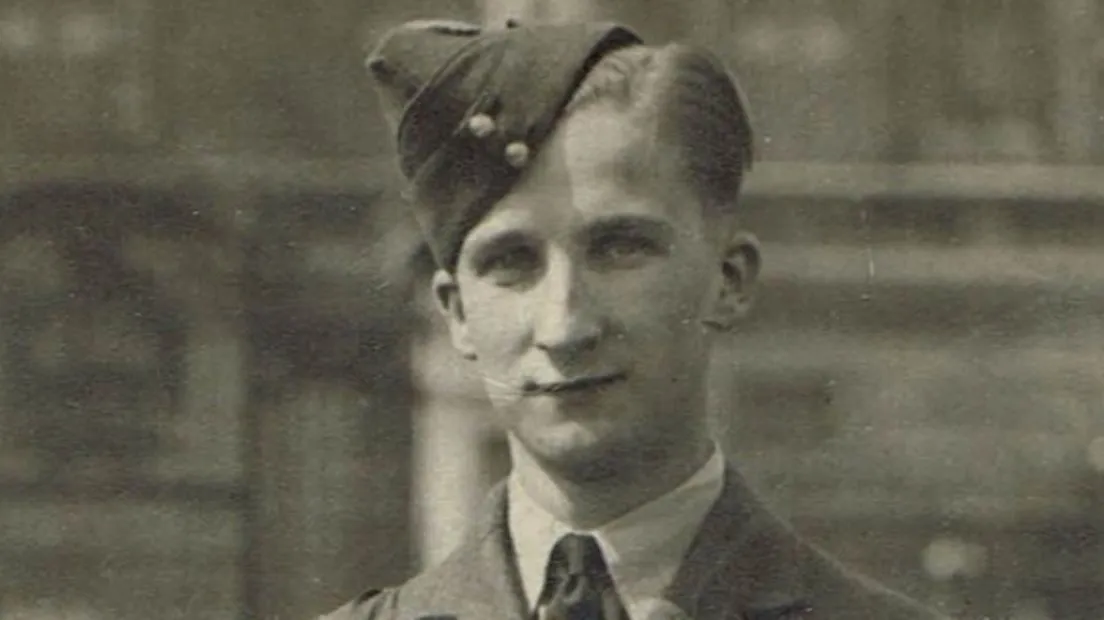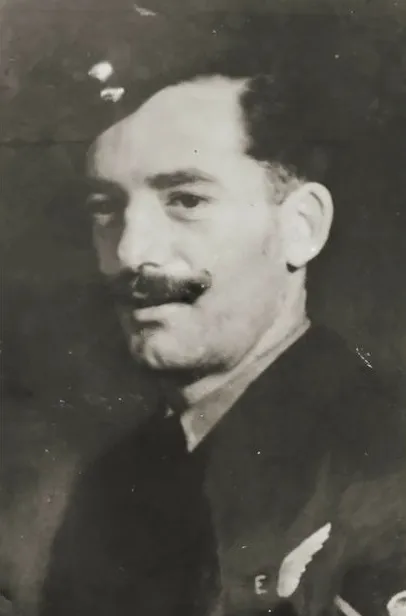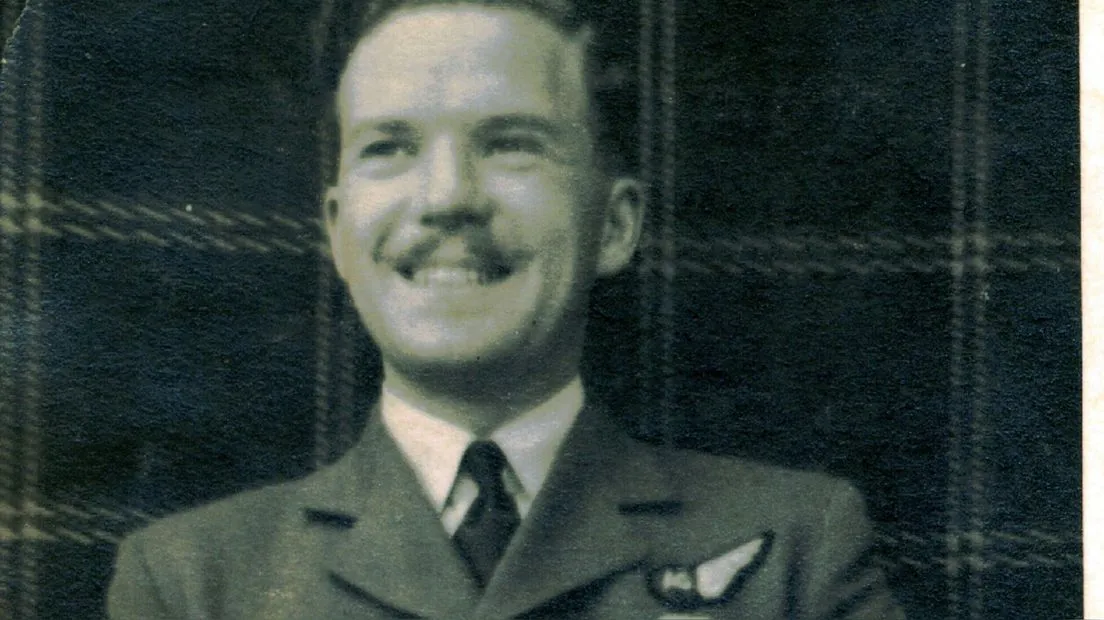Sugar, Gordon Robert (Flying Officer)
Killed in Action 1943-June-13
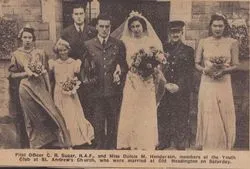

Birth Date: 1921
Born: Headington, City of Oxford, Oxfordshire, England
Parents: Son of Robert John and Daisy Mary Sugar
Spouse: Husband of Dulcie May Sugar, of Headington, Oxford
Home: Headington, Oxford, England
Enlistment:
Enlistment Date: unkown date
Service
RAF
Unit
83 (PFF) Sqn- Squadron (RAF)
Strike To Defend
Base
RAF Wyton
Rank
Flying Officer
Position
Air Gunner (Rear)
Service Numbers
127055
Target
Crew or Other Personnel
Lancaster ED603
Mission
Lancaster Mk.I/III ED603
Bombing Bochum Germany 1943-June-12 to 1943-June-13
83 (PFF) Sqn (RAF) RAF Wyton
p>83 Squadron (Strike To Defend), Pathfinder Force, RAF Wyton. Lancaster III aircraft ED 603 OL-L was lost on an operation against targets in Bochum, Germany. Struck initially by flak over the target, the bomber was attacked and shot down by night fighter pilot Hauptmann Rudolph Sigmund of 10/NJG1 while attempting to return to the UK. The Lancaster crashed in flames into Lake IJsselmeer in the Netherlands with the loss of the entire crewPilot Officer Arthur Gordon Fletcher (RCAF), Pilot Officer Harold Elvin Howsam (RAFVR), Pilot Officer Charles Frederick John Sprack DFM (RAF), Flight Lieutenant Eric Arthur Tilbury (RAFVR), Pilot Officer Raymond Edward Moore RFM (RAF), Pilot Officer Arthur Bertram Smart DFM (RAF) and Flying Officer Gordon Robert Sugar (RAF) were all killed. in action
The bodies of Pilot Officer Fletcher, Flight Lieutenant Tilbury, Pilot Officer Howsam and Flying Officer Sugar were recovered over the two weeks following the crash and were buried in cemeteries in the Netherlands but the remaining three crew members were missing with no known grave. The wreckage of Lancaster ED 603 was discovered on the lake bottom in 1996 and excavated by the Dutch government in September 2023. The excavations led to the discovery of personal items and human remains identified as the three missing air crew, Pilot Officer Smart, Flight Sergeant Moore and Pilot Officer Sprack were recovered and buried in the Netherlands
Nachtjagd Combat Archive 1943 Part 1 1 January - 22 June by Theo Boiten, page 120![]() Lancaster ED603 Royal Air Force Serial and Image Database
Lancaster ED603 Royal Air Force Serial and Image Database
![]() 12/13 06 1943 83 Squadron Lancaster III ED306 Fg Off Eric A Tilbury RAF...
12/13 06 1943 83 Squadron Lancaster III ED306 Fg Off Eric A Tilbury RAF...
![]() Geborgen Verleden - De laatste vlucht van Lancaster ED603
Geborgen Verleden - De laatste vlucht van Lancaster ED603
![]() h2g2 - ED603: Recovered Memory Part III
h2g2 - ED603: Recovered Memory Part III
![]() Guy Martin's Lost WW2 Bomber: The FULL Documentary I Guy Martin...
Guy Martin's Lost WW2 Bomber: The FULL Documentary I Guy Martin...
Lancaster serial: ED603
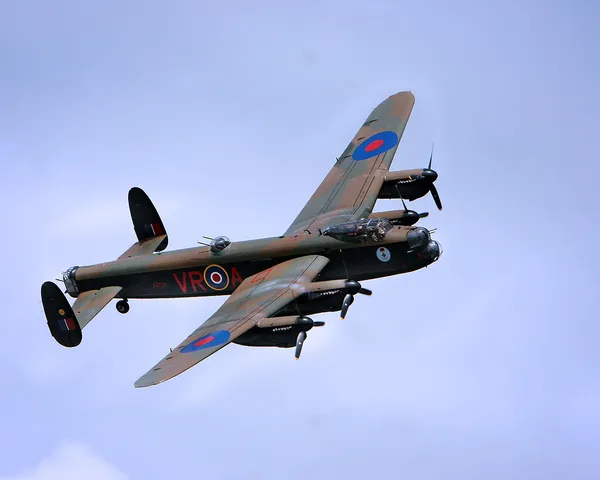
Canadian Warplane Heritage Museum
The Avro Lancaster is a British Second World War heavy bomber. It was designed and manufactured by Avro as a contemporary of the Handley Page Halifax, both bombers having been developed to the same specification, as well as the Short Stirling, all three aircraft being four-engined heavy bombers adopted by the Royal Air Force (RAF) during the same wartime era.
The Lancaster has its origins in the twin-engine Avro Manchester which had been developed during the late 1930s in response to the Air Ministry Specification P.13/36 for a capable medium bomber for "world-wide use". Originally developed as an evolution of the Manchester (which had proved troublesome in service and was retired in 1942), the Lancaster was designed by Roy Chadwick and powered by four Rolls-Royce Merlins and in one version, Bristol Hercules engines. It first saw service with RAF Bomber Command in 1942 and as the strategic bombing offensive over Europe gathered momentum, it was the main aircraft for the night-time bombing campaigns that followed. As increasing numbers of the type were produced, it became the principal heavy bomber used by the RAF, the Royal Canadian Air Force (RCAF) and squadrons from other Commonwealth and European countries serving within the RAF, overshadowing the Halifax and Stirling. Wikipedia
